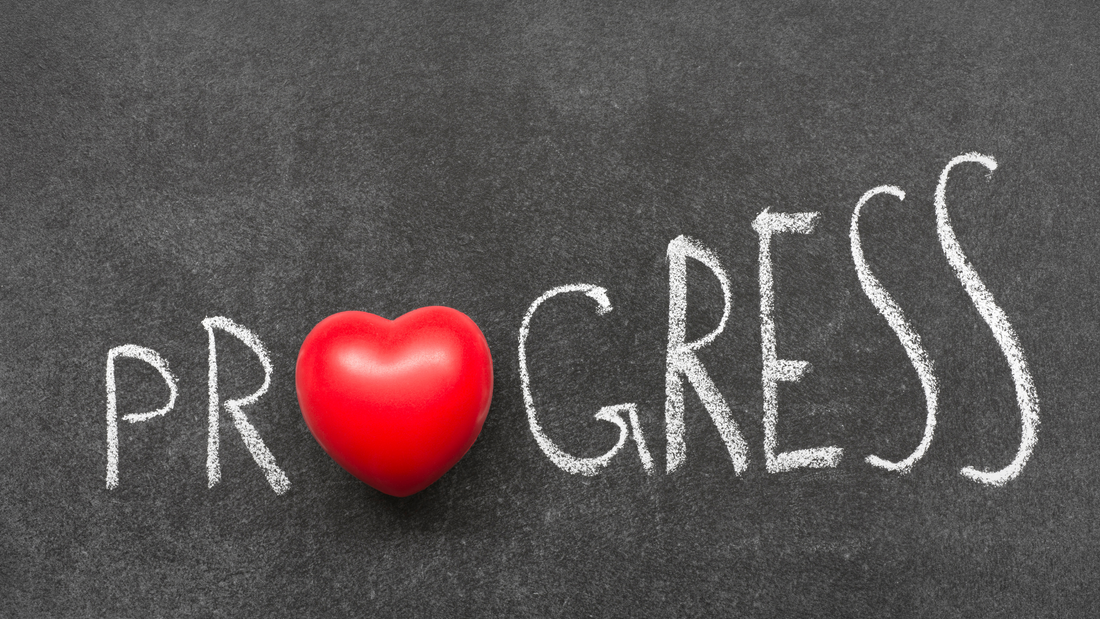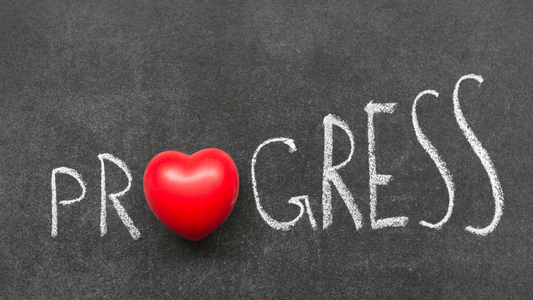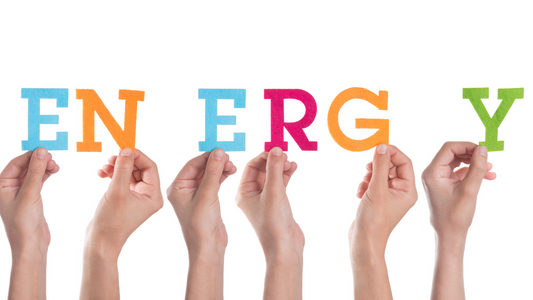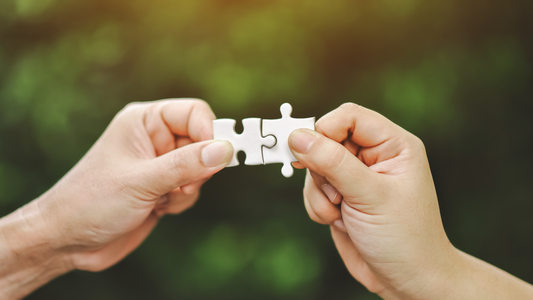Equipment for in-bed patient moving and handling has evolved significantly over the years, yet to fully leverage these advancements for carers, patients, and care facilities, it's crucial to reassess the techniques used. This blog explores why it's vital to revisit and refine these methods to unlock the potential of modern in-bed care equipment.
The evolution of in-bed patient handling equiptment
The journey of patient handling equipment over the past few decades illustrates a narrative of gradual, yet pivotal, shifts:
- The 1990s: Manual Handling: In the 1990s, techniques like the Australian lift were commonplace. Now deemed as controversial moves, this sort of method was highly physical for carers, often leading to musculoskeletal injuries, including chronic back pain for both the patient and carers. It was a time where the need for change was becoming evident.
- The introduction of hoists: As we progressed, hoists came into play, offering a solution to reduce direct physical strain. However, the hoist system brought its own set of challenges. In a home care setting, these devices often proved cumbersome and disruptive. They required considerable setup, which could be impractical in confined spaces, and their usage was not always straightforward.
- Slide sheets: Slide sheets, the subsequent innovation, reduced the need for direct manual handling. However, they were not without faults. Their repetitive insertion and removal for patient repositioning were disruptive, interrupting the continuity of care and patient comfort.
- The emergence of in-bed systems: Modern in-bed systems represent a quantum leap in patient handling. These systems consists of bed mattress cover, bed sheets, pillows, incontinence slides and patient turning aids - all which have been designed to work synergistically with one another, whilst remaining under or next the patient, facilitating easier movement and repositioning.
The Need for Technique Transformation
The design of in-bed systems has created an opportunity to reduce the physical and metabolic energy expenditure of carers. However, the maximum effectiveness of these systems is deeply intertwined with the techniques used.
For instance, the integration of a tilting bed frame with an overhead hoist attached to a Biotechsis bed sheet when used correctly, means patients can be turned onto an inclined surface. This method maintains the patient's central position on the bed, ensuring safety and comfort. However, a recurring issue in practice is the underutilisation of the system's full capabilities. As a result, patients are inadvertently moved off-centre. This technique results in additional effort from caregivers to reposition the patient correctly, wasting caregiver time and energy and counteracting the intended benefits of these sophisticated systems.
Gravity is our friend
The effective use of advanced patient handling systems hinges on a clear understanding and application of physics, specifically the principles of gravitational forces. By adapting patient handling techniques to work with gravity, we can significantly ease the physical workload for caregivers. This approach goes beyond mere ease of handling; it plays a crucial role in energy conservation.When gravity is utilised efficiently, it results in reduced physical strain for the caregiver, decreasing both mechanical and metabolic energy expenditure.
By applying this principle to patient handling and harnessing gravitational potential energy, caregivers can conduct tasks with minimal physical effort, often single-handedly. Not only does this technique conserve energy, but it also aligns with ergonomic principles, thereby minimising the risk of injuries to both patients and caregivers.
The adoption of these advanced handling techniques requires comprehensive training and a shift in mindset. Healthcare professionals need to be educated on the principles of physics that underpin these new methods, along with practical training. This shift is not just about changing a routine; it's about rethinking our approach to patient care in line with scientific understanding and ergonomic principles.
The bottom line
It's not just about having the latest equipment in patient care. How we use it – that's what truly counts. By adopting techniques that work with natural forces like gravity, we can take patient care to the next level. It's safer, more efficient, and better for everyone involved. So, let's get smarter about how we handle in.bed patient care. The tools are there, now it's all about how we use them.





